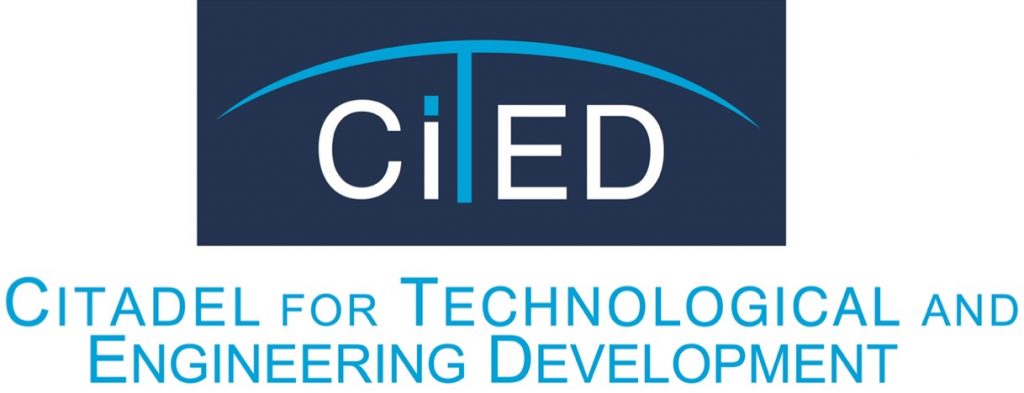This comprehensive 3-day training program is designed to equip participants with the knowledge and skills required for safe and efficient installation of overhead secondary and service lines. Covering all aspects from theory to practical application, this course is ideal for both new entrants and experienced personnel seeking to refresh and expand their expertise.

Introduction:
This comprehensive 3-day training program is designed to equip participants with the knowledge and skills required for safe and efficient installation of overhead secondary and service lines. Covering all aspects from theory to practical application, this course is ideal for both new entrants and experienced personnel seeking to refresh and expand their expertise.
Objectives:
Upon completion of this training, participants will be able to:
- Understand the fundamental principles of overhead secondary and service line construction.
- Identify and explain the various components of overhead distribution systems.
- Apply industry standards and safety regulations for overhead line work.
- Select and utilize appropriate tools and equipment for safe and efficient installation.
- Demonstrate proper techniques for conductor handling, stringing, and sagging.
- Install transformers and secondary service drops per industry specifications.
Content:
Day 1 : Fundamentals of Overhead Line Work
- Introduction to overhead distribution systems: voltages, components, configurations.
- Safety standards and regulations: OSHA, NESC, local codes.
- Personal protective equipment (PPE) and safe work practices.
- Tools and equipment overview: hot sticks, winches, conductors, hardware.
- Conductor types and properties: aluminum, copper, covered vs. bare.
Day 2: Installation and Service Practices
- Transformer installation: selection, placement, grounding, connections.
- Secondary service drops: design, materials, installation methods.
- Metering equipment and service entrance installation.
- Grounding principles and practices for overhead systems.
- Right-of-way management and vegetation control procedures.
Day 3: Practical Application and Hands-on Training
- Review of key learnings and knowledge check.
- Hands-on exercises and simulations covering various installation scenarios.
- Demonstrations and practice with tools and equipment.
- Opportunity to ask questions and clarify doubts.
- Final assessment to gauge understanding and competency.
Conclusion:
This 3-day training program provides a comprehensive understanding of overhead secondary and service line installation, emphasizing safety, best practices, and industry standards. Through a combination of theoretical knowledge, practical exercises, and interactive sessions, participants gain the necessary skills and confidence to perform their jobs effectively and contribute to the safe and reliable operation of overhead distribution systems.

